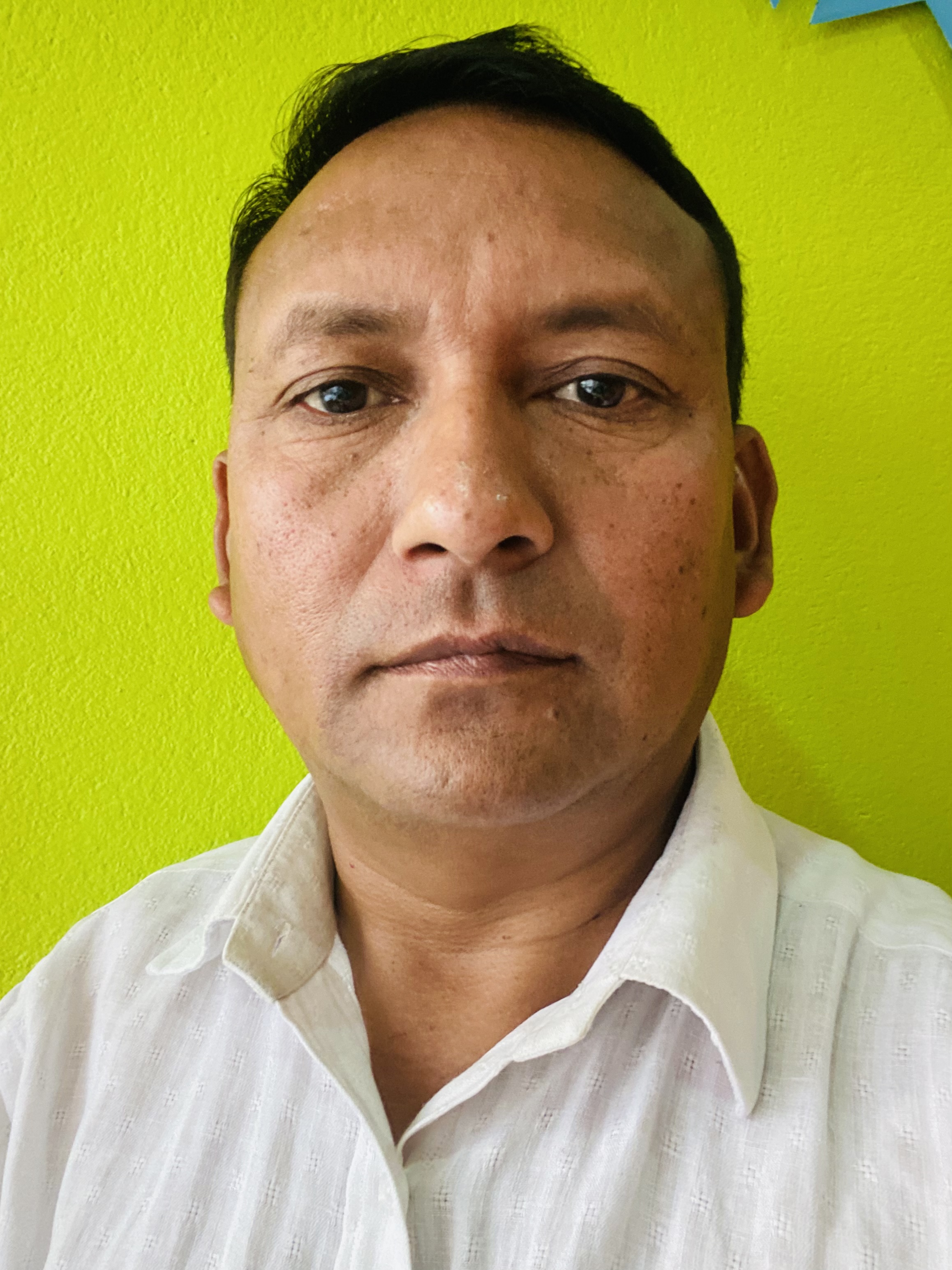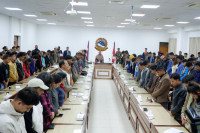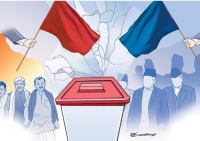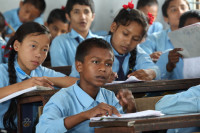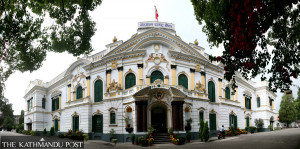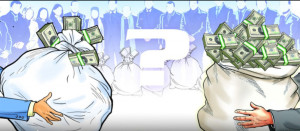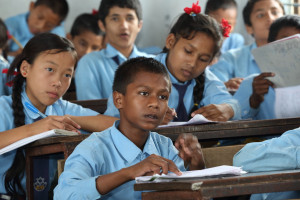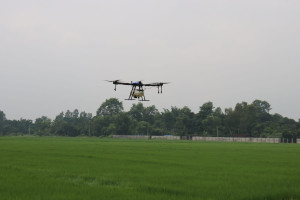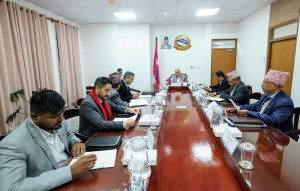Columns
Why Dalits hate kingship
The only alternative to the republic is a more responsible one free from Brahmanism.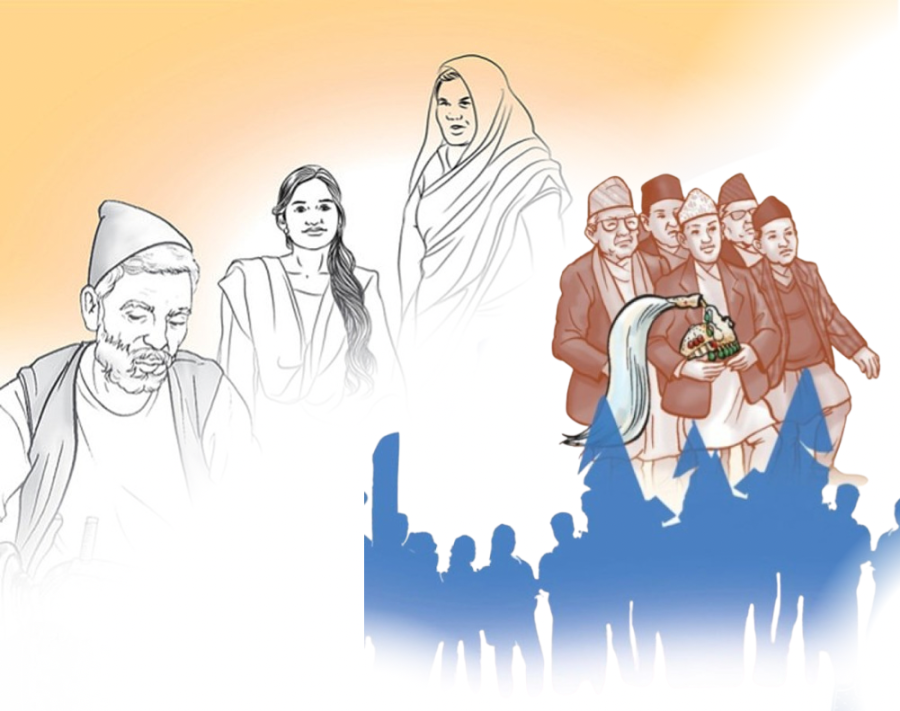
Mitra Pariyar
I challenge the proponents of the Hindu monarchy to give me one good reason for Dalits to support their cause. I seem to find none of it historically and in the future.
Don’t be confused with some hired Damais beating their drums and blowing their pipes at the rallies of the deposed king and with some of our traitors—like Rajendra Lingden, the Judas of the Janajati community—who foolishly and selfishly advocate the return of Hindu monarchy.
In the vast sections of the Dalit community, there isn’t an iota of support for kingship. Even an uneducated Dalit living in remote hills no longer believes the false narrative that a resurrected monarchy would create a golden era for him and his community.
Dalits have become well aware of how badly the institution of monarchy has subjugated and subordinated them and treated them in ways worse than African slaves in America over the centuries (Professor Mary Cameron’s On the Edge of Auspicious, 1998 would offer a good insight into the persistent problems facing Dalits in far western Nepal). They fully understand that a Shah king isn’t their saviour, Lord Bishnu—he’s their destroyer.
Not a viable alternative
For Dalits and many other oppressed groups, there can’t be a choice between monarchy and republic. This binarism simply doesn’t work. The only alternative to the republic is a more responsible and improved republic—the one free from Brahmanism. A republic where leaders don’t attempt to create their dynasties!
No doubt, we are also furious with the current political class. The party leaderships from the upper castes have largely ignored our persistent plights, their past pledges to create an equitable society notwithstanding. We are angry at them for not enforcing anti-caste provisions of the 2015 Constitution and laws.
Our frustration with the contemporary political establishment doesn’t, however, automatically translate into our support for the more conservative, right-wing, Hindu monarchical system. Everyone should be clear about that. We can’t be fooled that easily.
The former revolutionary prime minister, Dr Baburam Bhattarai, put it succinctly. In a recent public meeting, he stated that one can’t consume poison just because they are hungry. Frustrated and angry Dalits may be, but they don’t desire to drink the deadly poison, as it were, of Hindu monarchism.
Our current fight is entirely against the caste system that was strongly endorsed and enforced by none other than Hindu kings and Rana prime ministers over the centuries (e.g., Andras Hofer 2004; John Whelpton 2005). From the Lichchavi kings who ruled almost 2000 years ago to the Malla and Khas kings to the Shah kings—all of them have contributed to translating the Hindu scriptures, mainly Manusmriti, into Nepali belief systems, cultures, customs and moral codes.
We could blame today’s party leaders for many things, but they weren’t the ones who established the caste system in the first place. They didn’t create a social structure rigidly based on traditional caste order, as envisaged by ancient saints like Manu—Hindu kings did.
Today, we are suffering widespread caste-induced hatred and humiliation, segregation and dehumanisation because people are highly religious and spiritual. They fear the wrath of their lineage deities, ancestors and other divinities if they don’t follow the caste rules.
So, returning to a Hindu state led by someone who considers himself the earthly form of Lord Bishnu is, ipso facto, further reaffirming and reinforcing that casteist structure, culture and custom. That would be asking for more caste discrimination, more caste segregation and violence. That would mean turning the pages of history backwards and possibly legalising the currently illegal caste discrimination.
Religious and monarchist populism
The growing call for the return of the Shah dynasty, including the recent violence in Kathmandu, resulted from a new type of populist politics gaining currency. It is spearheaded by the likes of Durga Prasai—a medical entrepreneur drowning in debts—and Gyanendra Shahi, spokesperson of the Rastriya Prajatantra Party.
As we can see worldwide, there are different brands of populism. There’s rightwing populism (such as Donald Trump and Elon Musk in America), Hindu religious populism (such as Narendra Modi and Yogi Adityanath in India), and populism devoid of any ideology (such as Rabi Lamichhane and Balen Shah and Harka Sampang of Nepal).
Populist politics feeds on the anger and frustration of the people, particularly the youth, with the ruling elites. The populists build strong and catchy narratives around superficial issues such as corruption, unemployment and lack of rule of law.
These are often based on blatant lies and promises of false hopes. President Trump and his unelected and greedy ally Musk want to make America great again by sacrificing the USAID—a most respected government charity that saves millions of lives around the world—as a corrupt agency!
The Chair of the Rastriya Prajatantra Party, Rajendra Lingden, wants to make Nepal great again by reviving the ancient feudal system of Hindu monarchy. I’m not sure he’s ever read a single page of the history of the same Hindu kings reducing his Limbu people and other ethnic groups to untouchable slaves and demolishing their indigenous languages, cultures, customs and traditions.
This Hindu and monarchist populism standing on social media platforms has attracted a significant portion of the Nepali population, the youths suffering from unemployment in particular.
But many Nepalis, Dalits included, haven’t forgotten the deeper structural issues. The fact is, the caste system has been the greatest political corruption of all time. And Hindu kings have promoted it throughout. Giving some men from feudal backgrounds the exclusive right to rule through the generations is the biggest political corruption. This is a simple fact easily comprehendible to all.
Conclusion
The violent display of public anger in some streets of Kathmandu last Friday was probably aimed at overthrowing the democratically elected government. Populists like Durga Prasai designed it with the intention of returning Nepal to the dark ages.
But it is not that easy to collapse a democratic government and reinstate the feudal king at Narayanhiti Palace. It’s not worth the time, energy and money of religious and monarchist populists. Because political parties have a strong support of the oppressed peoples, including Dalits, we will continue to fight to protect the only system of governance that would one day make a Dalit head of state.




 15.12°C Kathmandu
15.12°C Kathmandu